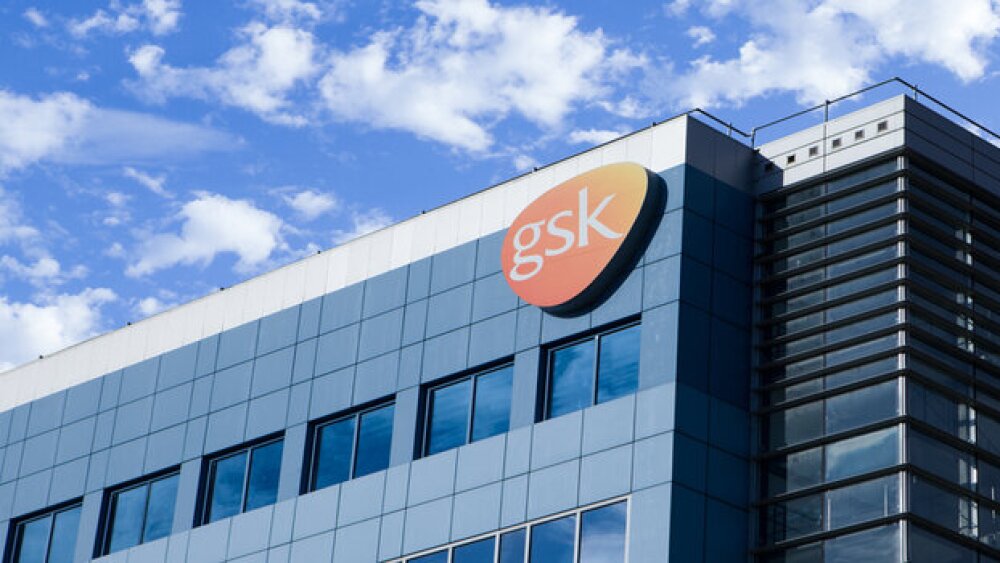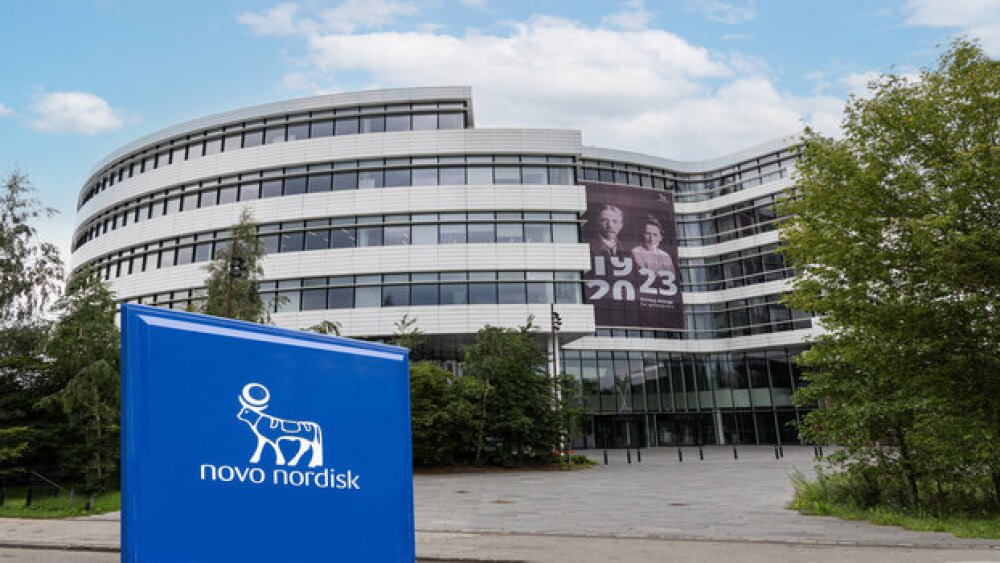Six months after the one-time treatment, 47% of patients in Cohort 1 demonstrated a promising two-step or greater improvement in their diabetic retinopathy.
A great wave of success in diabetic retinopathy.
REGENXBIO, a biotechnology company focused on curative gene therapy, recently announced positive results from two different clinical trials.
On Feb 12 at the 2022 Angiogenesis Symposium, REGENXBIO presented data from a Phase II trial in diabetic retinopathy.
Both of these trials represent potential one-time treatments that could prevent lifelong suffering from genetic conditions and reshape the lives of people living with these diseases.
On Saturday, REGENXBIO shared interim data from its Phase II Altitude trial conducted in collaboration with Abbvie. The Altitude trial is a multi-center, randomized, controlled dose-escalation study. This trial is also currently the only one being done in the suprachoroidal space of the eye, which is considered the gold standard when treating diabetic retinopathy. With three cohorts of 20 people each, the trial tested the efficacy of different doses of a gene therapy called RGX-314 in treating diabetic retinopathy without center-involved diabetic macular edema. Diabetic retinopathy is a condition, usually caused by diabetes, where high amounts of blood sugar damage the tiny blood vessels in the retina, the part of the eye that senses light.
The results of the trial were promising. Six months after the one-time treatment, 47% of patients in Cohort 1 demonstrated a two-step or greater improvement in their diabetic retinopathy. For patients who had especially severe diabetic retinopathy (DR severity level 47-53), the benefit was even greater, with 57% experiencing a two-step or greater improvement.
The trial represents hope for the nearly 10 million people in the U.S. living with diabetic retinopathy, particularly in its implications for patients’ daily lives. BioSpace spoke with Steve Pakola, M.D., chief medical officer at REGENXBIO, who shared the massive impact this treatment could have.
“Diabetic retinopathy is the leading cause of blindness for working-age people; if you are having vision trouble, you may not be able to keep your job. These patients already have it extremely tough. Aside from all their eye doctor visits, they also have to see their primary care doctor, their endocrinologist, and their nephrologist regularly,” he said. “So if you develop diabetic retinopathy, you’re signing up for lots of monthly visits and possibly eyeball injections just to keep the disease at bay. That’s a major concern for patients and their families—it impacts your whole livelihood. Current treatments just aren’t sustainable, but our RGX-314 treatment is a one-time, in-office procedure that could totally change the trajectory of a patient’s life.”
The second trial that brought REGENXBIO positive results was a first-in-human trial for Mucopolysaccharidosis (MPS) Type I and Type II. The company shared the data at the 18th Annual WORLDSymposium. MPS is a rare genetic disorder that usually occurs in children. Because it is a central nervous disease lysosomal storage disorder, patients with the condition cannot break down mucopolysaccharides, which are long chains of sugar molecules found throughout the body. When the body can’t break down the sugars, the molecules build up and can cause developmental and cognitive delays.
“The reason this trial is important and reaches unmet needs is because even in some of these genetic diseases where there is systemic enzyme replacement therapy, unfortunately, the enzyme replacement therapy doesn’t cross the blood/brain barrier,” Pakola explained. “Therefore, the central nervous system neurodegenerative diseases are very difficult to address, and children with MPS aren’t getting the treatment they need.”
Despite the very different diseases being assessed in these two trials, the gene therapies have some remarkable similarities. In neither trial did serious adverse events occur – an impressive feat. Both use AAV techniques to treat damaged genes, and most importantly, both are one-time treatments. Normally, both diabetic retinopathy and MPS mean constant doctor’s visits and a barrage of treatments for the rest of the patient’s life. A one-time genetic treatment would alleviate huge burdens of time, money and caregiver efforts for patients and their families.
Additionally, both treatments aim to be largely preventative. As gene therapy treats the cause of the disorders, not just the symptoms, the patients are also spared the degenerative effects that become more severe over time.
“The earlier we treat the patients, the more successful the treatments are in terms of the patient’s recovery,” Pakola said. “For both of these diseases, if you treat later, there may already be irreversible damage. These earlier one-time treatments can treat the malfunctioning gene in both of these monogenetic disorders so that patients can really live their lives and avoid the worst of the pathological symptoms.” Therefore, we hope that diabetic retinopathy brings a lot of changes in terms of diabetes treatments very soon.





